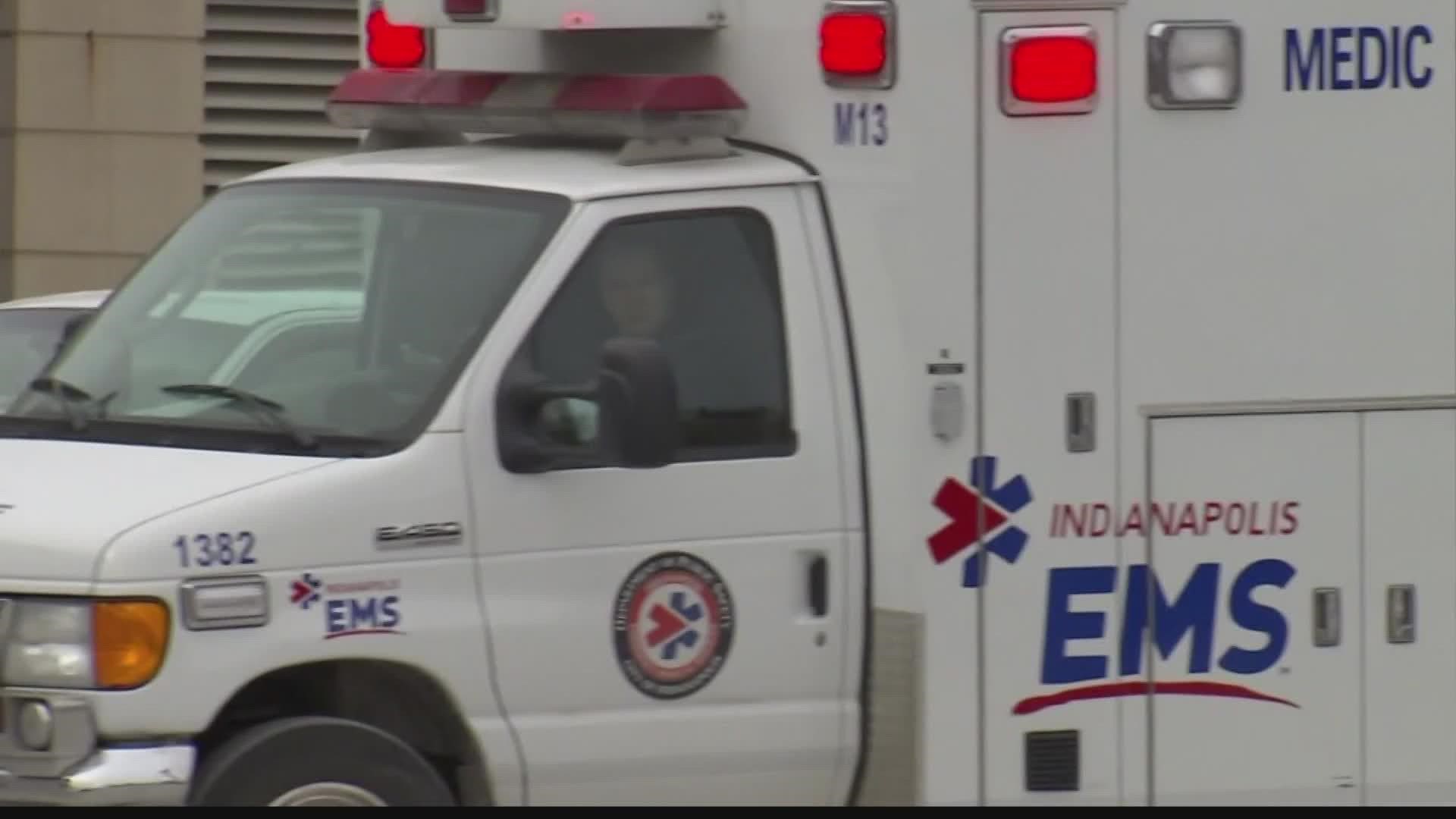INDIANAPOLIS — Indianapolis EMS is highlighting changes it has made to make sure Hoosiers get the life-saving care they need.
For a long time, paramedics rode with EMTs to every call, but now that is changing. Paramedics will now ride separately in an SUV and only assist during more serious calls to provide more advanced care.
“By changing this, I am free to go to a scene, see what is needed. If I am not needed, I am off to the next run,” said Edward Castellano, a paramedic for IEMS.
Over the last few years, we've seen ambulance calls increase by about 44%, while there has been a decline in the number of EMTs and paramedics and an 11% drop in available ambulances.
Right now, Indianapolis EMS is short about 20 medics and averages about 350 calls a day. IEMS is hoping this change will make them faster and more efficient.
“It’s going to work a lot better and it’s going to be a lifesaver,” Castellano said.
There are two types of runs EMS responds to: advanced life support and basic life support.
Advanced life support requires a paramedic, which are in short supply, and basic life support is where EMTs come in with no paramedic needed.
During a review of past transports, IEMS learned paramedics were spending more than half their time responding to basic support runs, leaving them unavailable for advanced calls.
“What that means is in a shift, one of our paramedics was spending over half of their time basically behind the steering wheel driving a low-acuity patient to the hospital and not available for the high-acuity run that’s going to come out next,” said Michael Hayward, chief of operations for IEMS.
Hayward said this new method will focus mostly on the downtown area, where there is a high call volume.
“The same number of ambulances are out there in the community, it’s just that not all of them have the paramedic on them. Sometimes the paramedic will be coming in front or behind them in an SUV,” Hayward said.
When it comes to EMT staffing, the department created a trainee program two years ago that requires no experience. Trainees go through a 10-week course and get hired on full-time after they're done.
"This isn't just something we're doing quickly to resolve a work shortage. We want to commit to this kind of recruitment, this kind of training, and bringing people into the medical field," said IEMS chief Dr. Dan O'Donnell.
The next challenge is getting more ambulances. While IEMS said that's still a hurdle, it's a lot easier to address than finding paramedics amid the nationwide shortage.

